9 Simple Steps To Grow Your Own Food
The phrase “grow your own” refers to growing your own food. Enjoying the literal fruits (and vegetables) of your own labour is a gardening nirvana and one of the most rewarding things you can do in your garden. There’s nothing quite like a delicious meal made from tasty seasonal produce that you’ve sown and cared for yourself. Getting started is easier than you think, as these simple 9 steps to growing your own food show.
1. Find the Right Spot to Grow Your Own
Allotment gardening has enjoyed a resurgence in uptake over recent years. You don’t need to wait for a place or rent out a dedicated plot to grow your own grub. You can always start smaller and sectioning off an area of your back garden to grow in planters, pots and grow bags and automatic grow bag waterers or build raised beds.
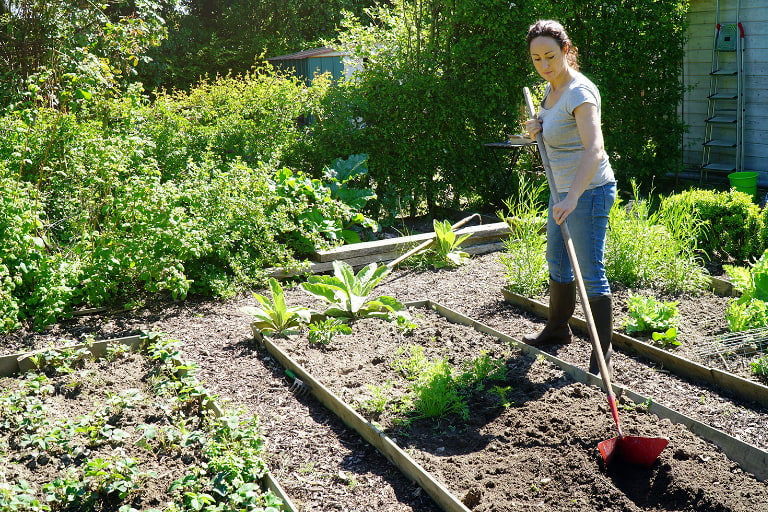
2. Plan Ahead – Grow Your Own Diary Management
Fruit and vegetables have a natural growing season. This means that there’s a best time to plant them. To organise your sowing and propagating of perennial seeds and young plants in preparation. If you’re starting really early in the year, you’ll also want to harden off young plants in cold frames, grow houses or a polytunnel before planting out (after the threat of frost has passed).
Gardeners often start in late January/early February, sowing tomato and chilli seeds in windowsill propagators. This gives them a jump on others with larger plants that provide the potential for earlier cropping.

Garden tip: You can use your diary, calendar even your mobile phone to pencil in appointments with yourself for sowing, even harvesting your plants.
3. Mix It Up – Learn More
Even if your growing space isn’t that big or you’re growing in containers, try to vary what you plant. Your first bumper crop of green beans will be exciting, but several smaller crops of different fruits and vegetables over the course of the year will keep your interest. It’ll also allow you to learn much more.
Garden tip: Even if you do decide to grow a lot of one type of fruit or vegetable, you can always freeze any excess to use over winter.
4. Understand Your Soil
A squeeze test is really simple and will give you an idea whether your soil tends towards clay, sand, or loam. It also helps you to establish whether you’ll need to prepare the soil before you start sowing or planting your produce.
Grow Your Own Potatoes, carrots, and onions fare well in clay soil. However, for strawberries, you might be better using a raised bed or container with topsoil or dedicated compost.
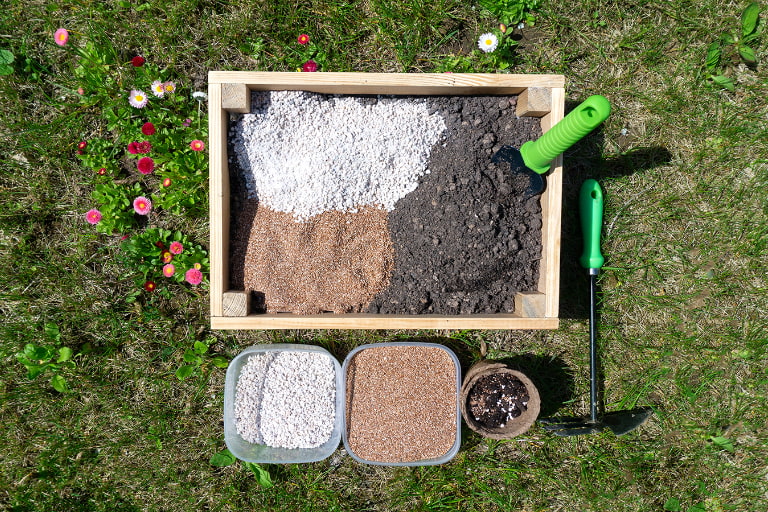
5. Fertilise Your Soil
If you’re using compost, add plenty in a generous layer before planting. You can also add fertilizer to help nourish your new fruit and vegetable plants.
Mixing in bone meal and/or general purpose fertilisers to the planting hole or soil surface and watering in well, ensures your plants get off to a great start. Using a watering can helps with consistent feeding and watering regime means your plants have constant, ready access to feed and water. This helps to keep your fruit and vegetable plants fed and healthy, with the best potential to produce bumper yields.
6. Sow – How You Doin’?
The planting method you use will vary, depending on the type of grow your own crops you’re growing. Depending on the time of year and soil temperature, Bulbs and some seeds can go straight into the ground. Vulnerable varieties, such as tomatoes, chillies and aubergines are best started off in seed trays or windowsill propagators. You’ll then want to harden them off outside in a greenhouse or growhouse and transplant them later.
Make sure you have the right tools at hand for the job, such as a transplanting trowel.
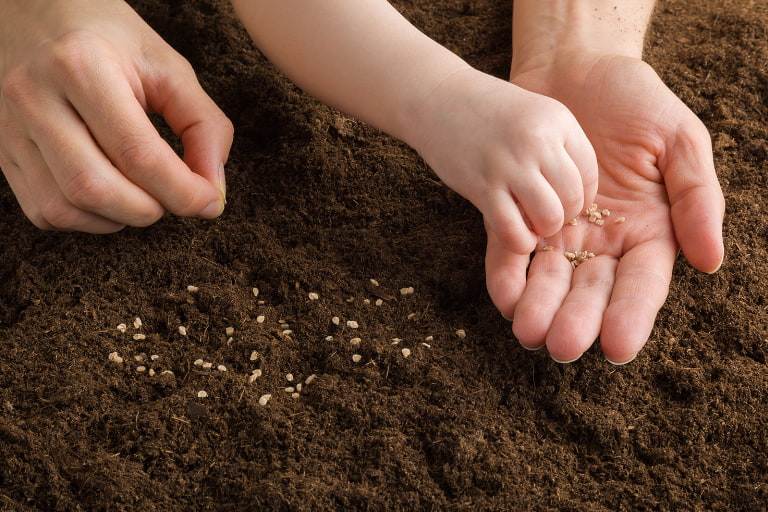
If you’re a novice gardener, there are lots of vegetables available as plug plants. Plug plants are partially grown, ready to transplant directly into your plot. Plug plants are perfect for novice or time-starved gardeners. Once planted, you can then focus on keeping them happy until they’re ready to harvest and enjoy.
7. Just Add Water
Plants need water full stop. They use it for photosynthesis, this is the process that enables them to transform sunlight into food and makes them grow. Some plants require less water than others. In general, plants run on a wet and dry cycle.
For the best results, you need to keep your plants watered without over-watering with a watering can and a suitable rose.
Home gardeners are better off maintaining a regular watering regime, keeping your eyes on your plants for signs of dehydration and doing your best to avoid any water-related stress it at all costs. Ensure you’re extra vigilant if it’s especially hot. Try to stick to the early morning or late afternoon/early evening watering, when the sun isn’t so strong.
Using a retractable hosepipe and spray gun really takes the effort out of watering. Perfect for time-starved gardeners. With a retractable hose system, they’ll almost put themselves away with a simple tug on the rewind mechanism.
8. Cover Up For Protection
Some fruits and vegetables are particularly vulnerable to frost and gardening pests like birds and insects. It can be a good idea to reduce the potential threat by providing cover. A polythene tunnel (poly tunnel) or growhouse helps to protect against harsh weather conditions and pests, so it’s ideal for crops that need to retain heat or are vulnerable to frost.
A fine mesh netting will help to keep butterflies off brassicas, like cabbages and avoid the devastation of a caterpillar infestation. Larger meshes will keep birds off your raspberries, but still allow pollinating insects to get to the flowers. However, meshes obviously don’t provide any insulation or protection from the elements.
If your plants are subject to a ground-level threat, try putting chicken wire out between posts to create a physical barrier you can use the structure to drape netting over the posts to keep aerial threats at bay too.
Although they’re not for everyone, sparing use of organic slug pellets can help prevent total devastation to your hard work or at least help to keep a population of slugs and snails under control.
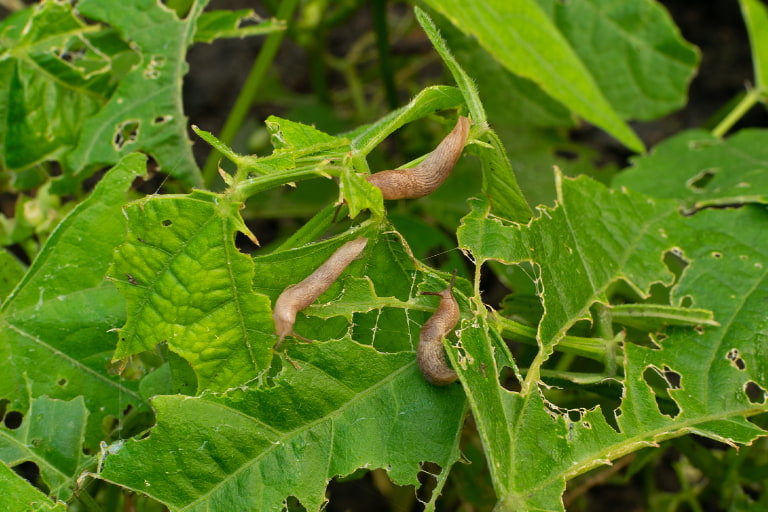
9. Harvest Timely and Grow Your Own
Once ripe, some grow your own crops are happy to wait in the ground or on the plant a little while longer, until you’re ready to eat them. Others will be tastier if harvested quickly.
You’re on the home straight, but this is a crucial time – so keep a close eye on your ripening crops. If you think a crop is ready, but you’re still not sure, let your taste buds decide.
If you’re growing potatoes or root vegetables, you’ll probably need a good quality digging fork and hand fork to help you with your grow your own harvest.
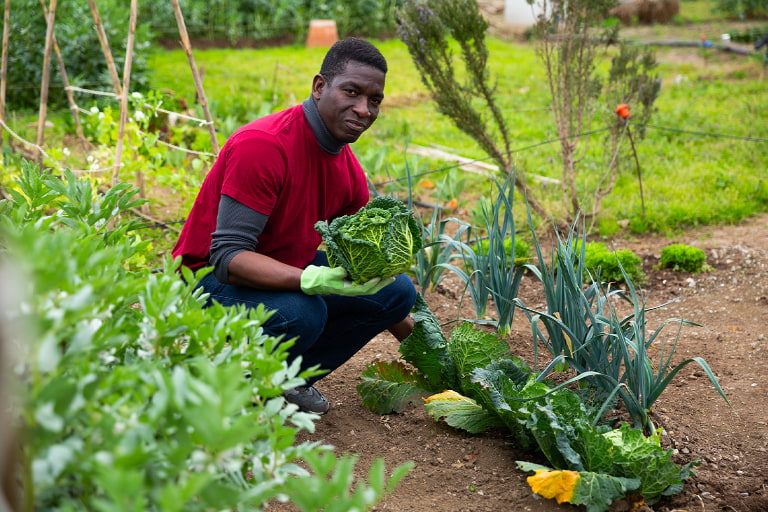
Enjoy Your Labours
Supermarkets supply most types of food all year round both in and out of season. This high food-mileage, means it’s travelled a long way before we buy it locally. If you grow your own, your home-grown food will be super fresh and be in season. It’ll likely to be incredibly tasty – especially as you’ve grown it yourself!




